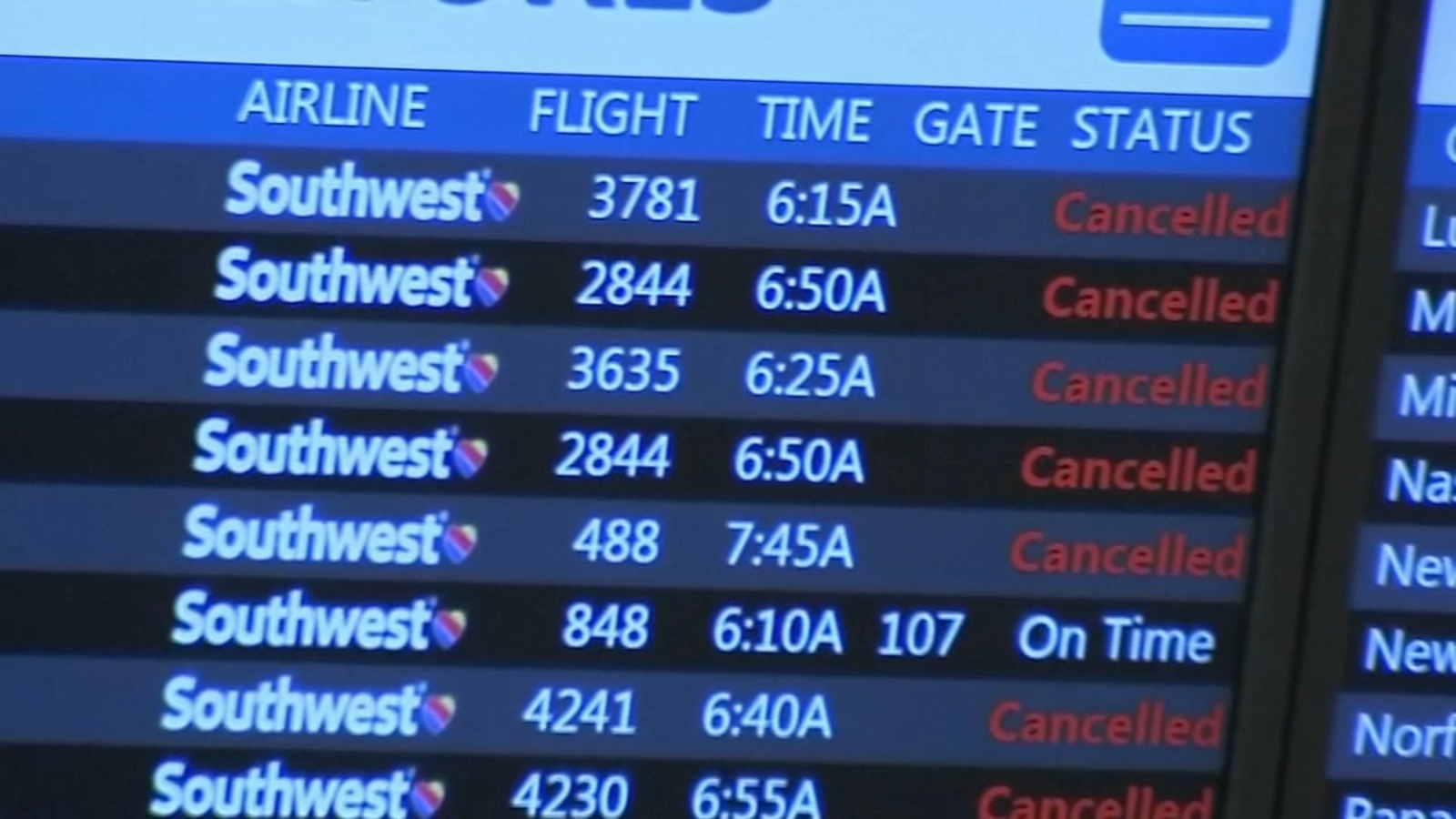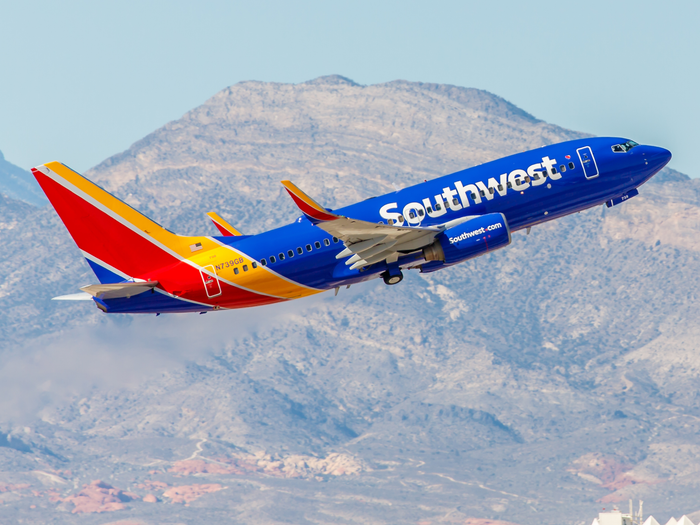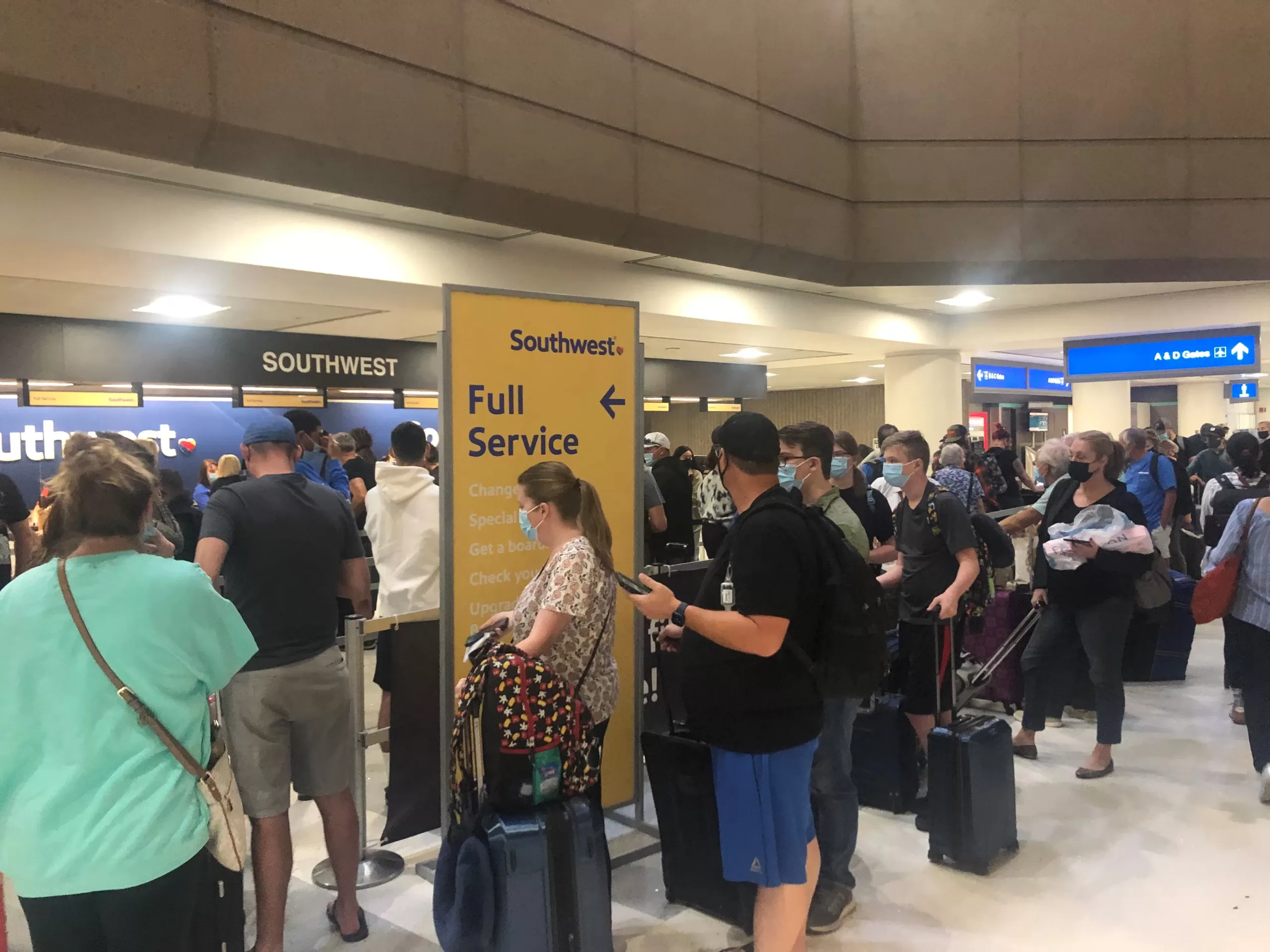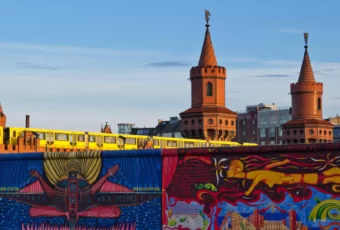
About 2500 Flights Were Cancelled By The Airline
On the Wednesday after Christmas, a staggering 90% of cancelled flights were Southwest flights, and it came to a total of 2500 flights. The next most cancelled flights airline was SkyWest, with just 77 cancelled flights. So what gives?
Southwest put out a statement that said that the company will continued to cancel flights until its operations gets back to normal, while the company’s CEO shared that this was the biggest disruption he has ever seen in his entire career.
So how does something like this happen? Well, it turns out that it was mostly poor planning and lots of bad luck. The winter storm hit Denver and Chicago very hard, and these locations are the two of Southwest’s biggest hubs at Denver International airport and Chicago Midway airport.
In addition to that, due to the country dealing with the “tripledemic” of COVID, the flu, and RSV, complicating things even more. Even though the airline said it was fully staffed, illnesses will always make a situation that is pushed to the brink even worse, as many airlines did not have enough staff to cover both extreme weather and health related issues.
Southwest also over-scheduled their flights and did not properly invest in operations. The airline is known for its short flights with fast turnaround times, which is a recipe for disaster when chaotic weather comes around. Kathleen Bangs, a spokesperson from FlightAware, said: “Those turnaround times bog things down.”
The reality on the ground is that customers that found themselves with a canceled flight were left stranded, with the airlines’ customer service line completely jammed. Customers were unable to rebook their flights and could not recover their lost luggage.
Lyn Montgomery, President of TWU Local 556, shared with CNN: “The phone system the company uses is just not working. They’re just not manned with enough manpower in order to give the scheduling changes to flight attendants, and that’s created a ripple effect that is creating chaos throughout the nation.”
Southwest Chief Operation Officer Andrew Watterson told employees on a call that the company was using outdated scheduling software that was the main cause of the cancellations that came in following the storm.
The extreme weather caused planes to be grounded and crew members to be stranded, so the company’s crew quickly tried to put together a new schedule, but some available crew and aircrafts that were ready to fly were limited by the Federal Aviation Administration’s regulations for how many hours crew members are allowed to work.
Watterson said: “The process of matching up those crew members with the aircraft could not be handled by our technology. As a result, we had to ask our crew schedulers to do this manually, and it’s extraordinarily difficult. That is a tedious, long process.”
He continued: “They would make great progress, and then some other disruption would happen, and it would unravel their work. So, we spent multiple days where we kind of got close to finishing the problem, and then it had to be reset.”
This is not the first time this has happened to Southwest, so hopefully the company can figure out how to avoid these kinds of situations in the future.










